| PSC 2620: Woody Trees and Shrub | Course Home | Study Materials |
Juniperus Species Comparisons
This page is intended to help you become more familiar with the different Juniperus species. Here you can quickly compare the different species to better learn the distinguishing characteristics of each.
Foliage
 |
 |
| Juniperus chinensis - The is gray-green and composed of small needles. Mature needles are scale-shaped, 1/16 inches long. | Juniperus horizontalis - The foliage is dark blue-green in color and composed of 1/6 inch long scale leaves. |
 |
 |
| Juniperus sabina - The foliage is composed of dark green scale-like leaves, 1/16 inch long. | Juniperus scopulorum - The foliage is light green or gray-green in color and composed of scale-like needles. |
Fruit
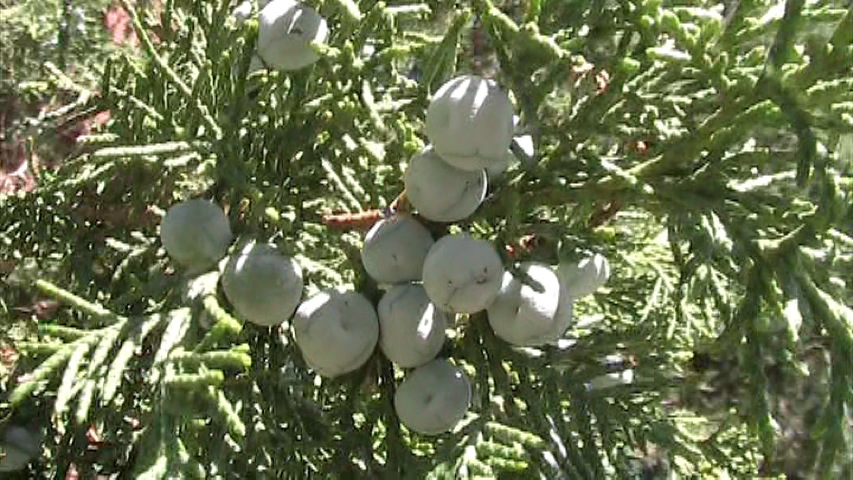 |
 |
| Juniperus chinensis - The male fruit is composed of small brown cones and form profusely. The female fruit is a sliver-blue berry. | Juniperus sabina - Round, blue or black berry-like fruit forms on the plant. It can be quite profuse. |
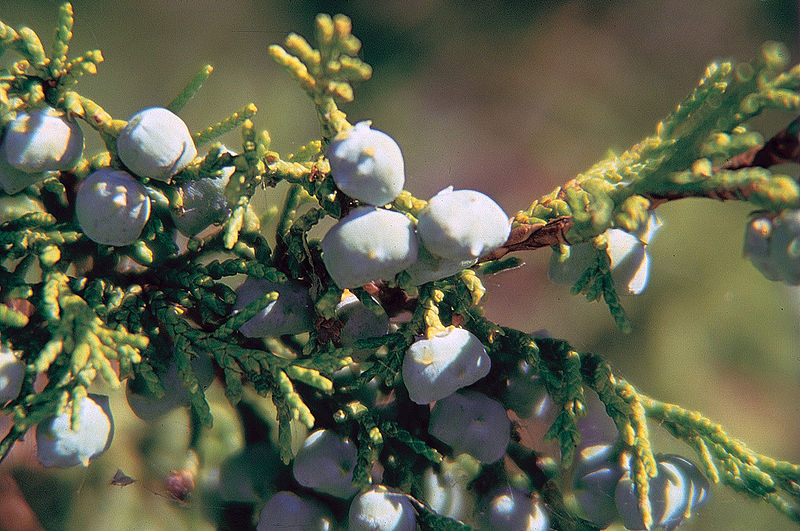 |
|
| Juniperus scopulorum - Small, blue berries have an irregular round shape. The tip of the berry has a small point. |
Bark
 |
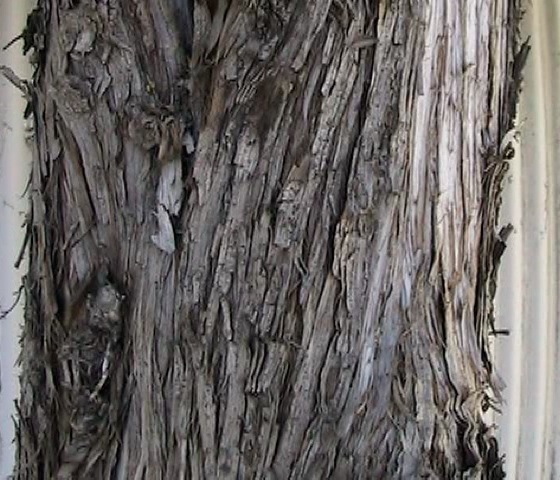 |
| Juniperus horizontalis - The gray-brown bark exfoliate in narrow strips and the trunk will form ridges and furrows. | Juniperus scopulorum - The bark is gray-brown and exfoliates in strips. |
Form
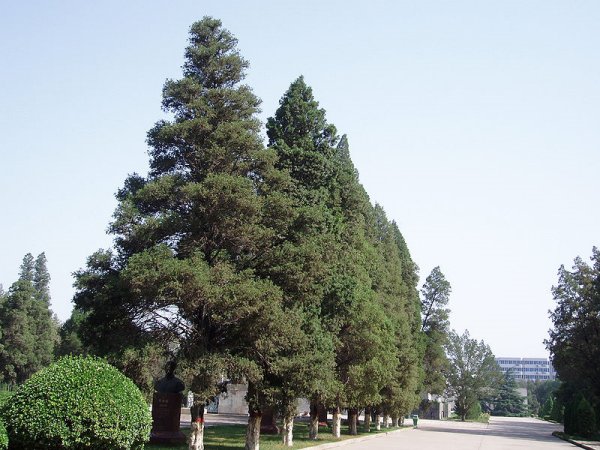 |
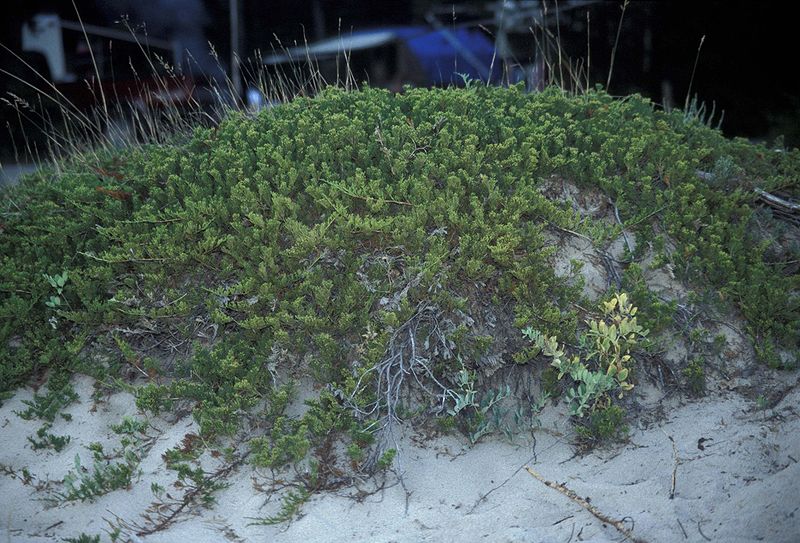 |
| Juniperus chinensis - Naturally a 50-60 foot tall narrow tree. Several smaller and bushy cultivars exist. | Juniperus horizontalis - It spreads low and broad across the ground, reachign 1-2 feet high and 4-8 feet wide. |
 |
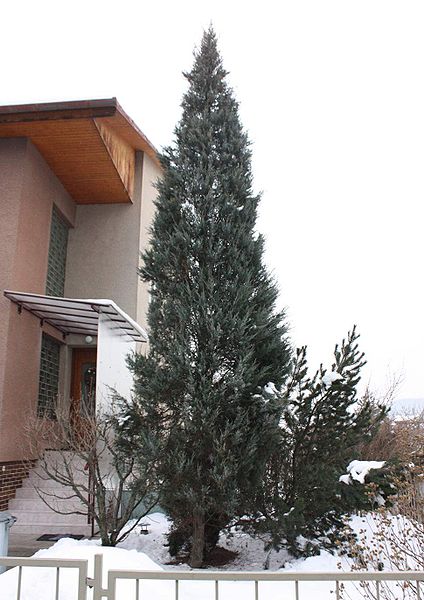 |
| Juniperus sabina - Typically a medium to large evergreen shrub. It grows 4-6 feet high and 5-10 feet wide. The branches are held at a distinct 45 degree angle giving the plant a spareading vase shape. | Juniperus scopulorum - It has a narrowly pyramidal form, growing 30-40 feet high and 3-15 feet wide. Usually found as a multi-stem or low-branching specimen. |